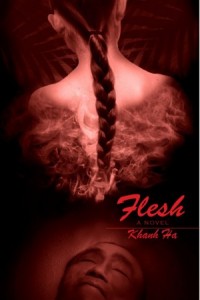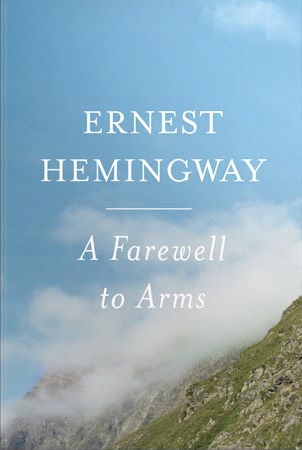
“Was I nervous about spending a year away from family and friends, trying to function in a foreign language I had a tenuous grip on while convincing several dozen people in six different countries to join me for book groups? Hell, yeah. Was I excited about the trip anyway? Hell, yeah.” (page xiii ARC)
She decides to discover if Jane Austen’s Sense & Sensibility, Pride & Prejudice, and Emma can carry the same sway with Latin and South Americans that it does with Americans and Europeans. She visits not only Mexico and Guatemala, but also Ecuador, Chile, Argentina, and Paraguay, and she finds that underneath all the stereotypes and prejudices, each of has a base need for family, acceptance, love, and support. Smith’s memoir highlights not only her insecurities about committed relationships and her conscious efforts to avoid stereotyping or relying on her assumptions of various cultures when meeting new people, but also her quirkiness at making each temporary apartment or hotel feel more like a home by decorating it with statues, blankets, and other items. She’s also like many readers, a book collector and completely helpless when it comes to saying no to books in a bookstore. Her over-packed luggage and rising airport fees are a testament to her journey to South American and Latin American bookstores, especially as she seeks recommendations who compare to Jane Austen from the local residents. All the while, she’s learning Spanish and immersing herself in the language at every turn.
“One of the fun features of Spanish that English lacks is the capacity to create nouns that express behaviors out of other nouns or verbs. So a dog is un perro, and behaving like a dog to somebody (see how many words that takes?) is una perrada. Behaving like un burro (donkey) translates into una burrada and un cochino (a pig), una cochinada.” (page 21 ARC)
There are moments when she falls ill and cannot recall the names of the book group members, which readers may find a bit disrespectful given the time these men and women gave her for the book group discussions. What would really have added to the memoir would have been better descriptions of the places she went or saw or perhaps the inclusion of pictures from some of these locations. However, these are minor quibbles given the societal and social insights the memoir provides as a bungling American travels through unfamiliar countries. More than a discussion of Jane Austen and her books, All Roads Lead to Austen by Amy Elizabeth Smith is an examination of one woman’s journey through other worlds and learning how to go with the flow and find her own happiness in a world that moves blindingly.
About the Author:
Amy Elizabeth Smith, originally from Pennsylvania, teaches writing and literature at the University of the Pacific in Stockton, California. Her memoir, All Roads Lead to Austen: A Yearlong Journey with Jane (Sourcebooks, June 1, 2012) recounts her year spent learning Spanish and holding Austen reading groups in Guatemala, Mexico, Ecuador, Chile, Paraguay, and Argentina.




 About the Author:
About the Author:




 For the WWI Reading Challenge, we’re doing a group read of Ernest Hemingway’s A Farewell to Arms.
For the WWI Reading Challenge, we’re doing a group read of Ernest Hemingway’s A Farewell to Arms. With my teaching and professional responsibilities consuming only three days a week, I could block out significant amounts of free time for research and writing. My work station, set in an alcove, includes good overhead lighting and a comfortable swivel chair. What I like best about this arrangement is that it’s downstairs (I live in a townhouse), away from all window views and other distractions in the upstairs living quarters.
With my teaching and professional responsibilities consuming only three days a week, I could block out significant amounts of free time for research and writing. My work station, set in an alcove, includes good overhead lighting and a comfortable swivel chair. What I like best about this arrangement is that it’s downstairs (I live in a townhouse), away from all window views and other distractions in the upstairs living quarters. On this lower level is the family room with sliding doors out to the patio, but my back is to all that and so I can easily concentrate on what I’m doing. My re-energizing breaks from writing are either a power nap on the nearby couch or a half hour on the treadmill. An occasional cup of hot green tea is another good, healthy stimulant to keep me going.
On this lower level is the family room with sliding doors out to the patio, but my back is to all that and so I can easily concentrate on what I’m doing. My re-energizing breaks from writing are either a power nap on the nearby couch or a half hour on the treadmill. An occasional cup of hot green tea is another good, healthy stimulant to keep me going.
 About the Author:
About the Author:




